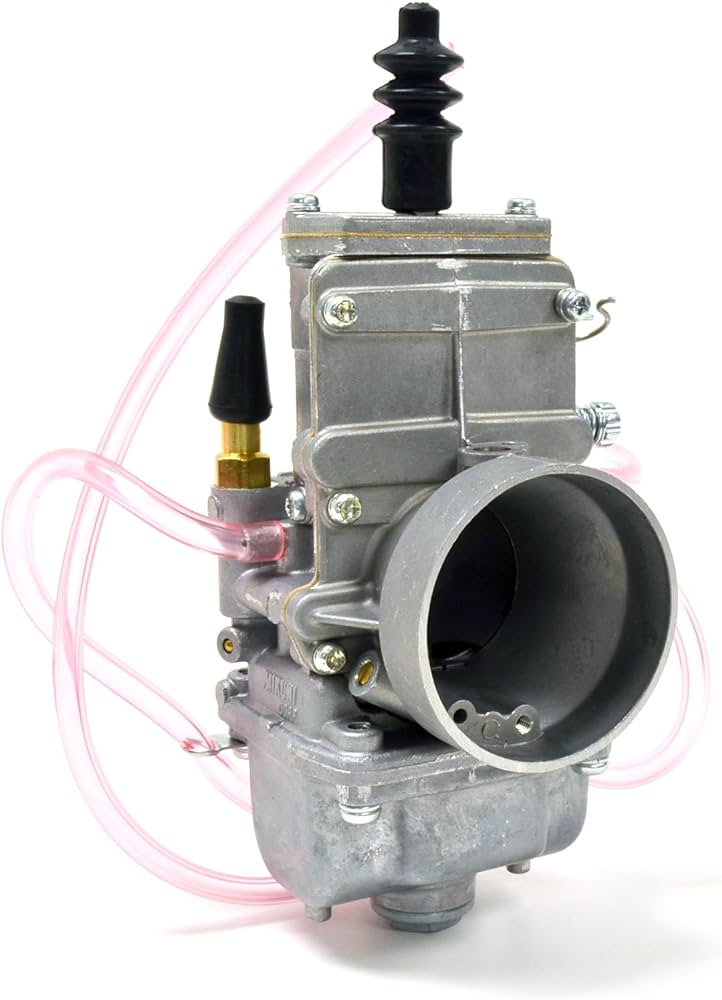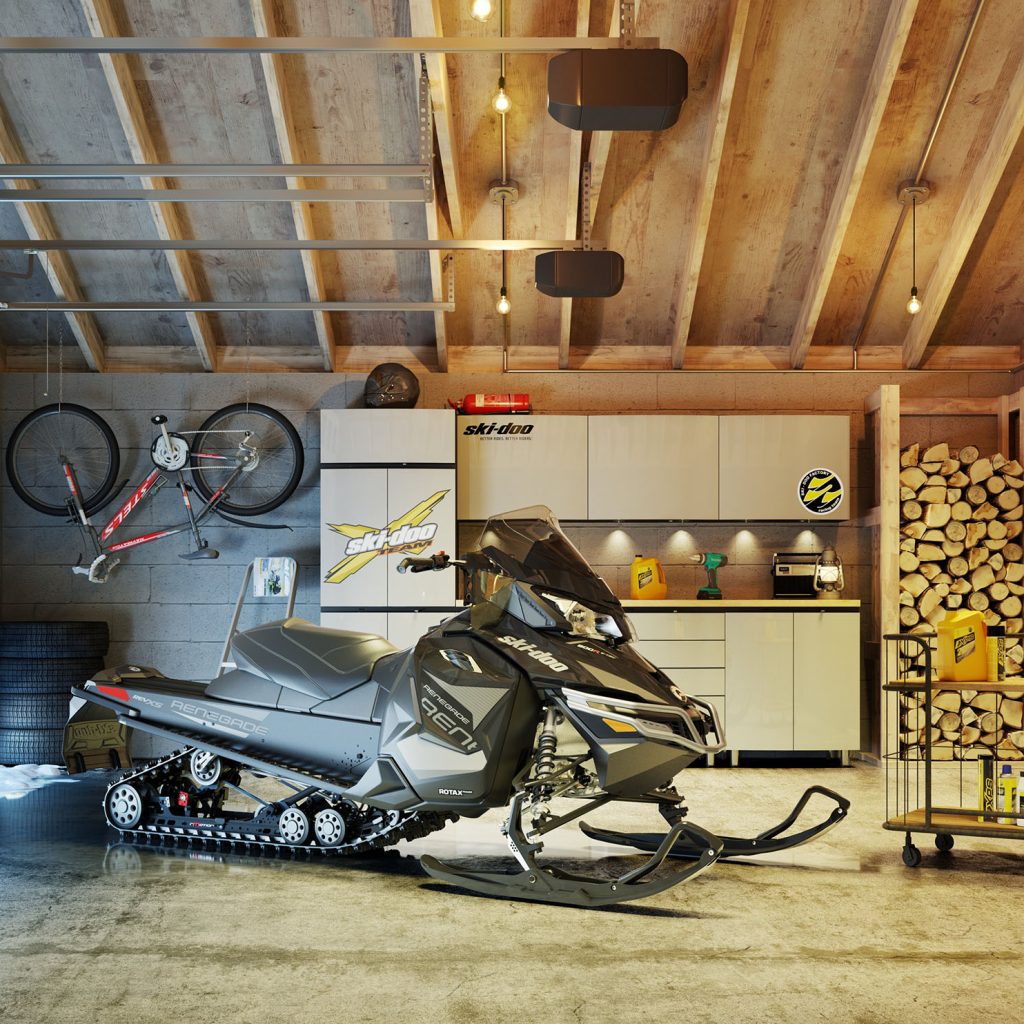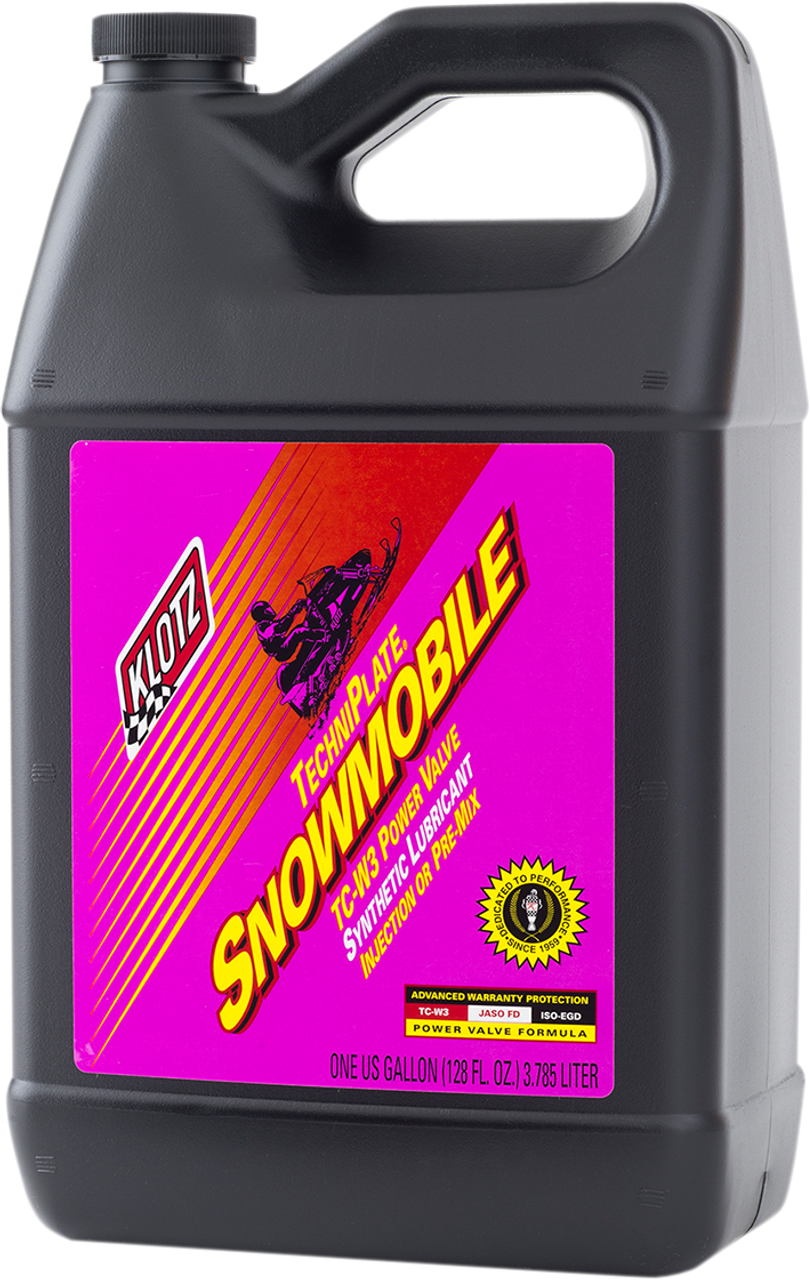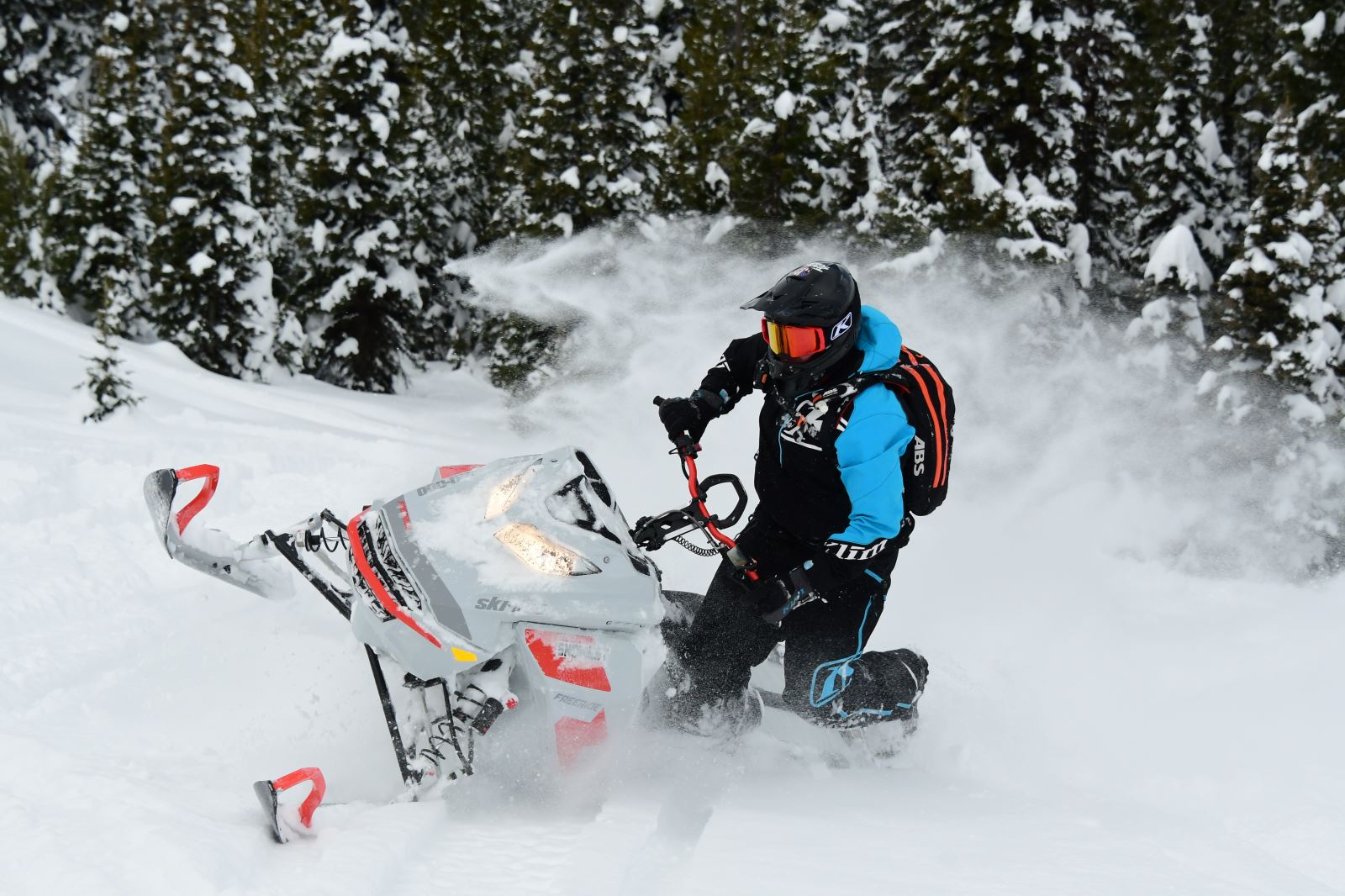The Ultimate Snowmobile Maintenance Checklist: Keep Your Ride Safe and Enjoyable
Are you a snowmobile enthusiast? If yes, maintaining your snowmobile regularly is crucial not only to prolong its lifespan but also to ensure your safety and maximize your enjoyment. And to help you do just that, we've put together the ultimate snowmobile maintenance checklist. In this blog post, we'll cover everything from checking fluid levels to cleaning the carburetor and intake manifold, changing the oil and filter, inspecting the brake pads and rotors, wheels, and tires, and testing the battery and charging system. So, let's jump right in!
- Check snowmobile fluid levels in the engine, transmission, and suspension.
- Clean the snowmobile carburetor and intake manifold.
- Change the snowmobile oil and filter.
- Inspect snowmobile brake pads and rotors, wheels, and tires.
- Test the snowmobile battery and charging system.
1. Checking Snowmobile Fluid Levels
Snowmobiles require several different fluids, including engine oil, transmission oil, and suspension oil. It's essential to keep these fluids at the correct levels to prevent engine damage, ensure a smooth ride, and maximize fuel efficiency. As a general rule, you should check the fluid levels before each ride. Here's how to do it:
- The Engine Oil: Locate the oil dipstick and wipe it clean. Reinsert it, remove it again, and check the oil level. If it's below the recommended level, add oil as per your manufacturer's instructions.
- The Transmission Oil: Locate the transmission dipstick and follow the same process as for the engine oil.
- The Suspension Oil: To check the suspension oil level, remove the oil reservoir cap and ensure the oil level is above the minimum line. If it's too low, fill it to the recommended level.
2. Cleaning Snowmobile Carburetor and Intake Manifold
A clean carburetor and intake manifold are essential for optimal engine performance and fuel economy. You should clean them at least once a year, or more often if your snowmobile has been sitting idle for an extended period. Here's a step-by-step guide on how to clean them:
- Remove the carburetor from the snowmobile.
- Disassemble the carburetor and soak the parts in a carburetor cleaner solution.
- Clean the carburetor throttle body and float bowl.
- Clean the intake manifold using a carburetor cleaner solution and a wire brush.
- Reassemble the carburetor, reinstall it in your snowmobile, and test it.

3. Changing Snowmobile Oil and Filter
Changing the snowmobile oil and filter at regular intervals is vital for maintaining engine performance and prolonging engine lifespan. You should change the oil and filter at least once a year or after a certain number of miles, depending on your manufacturer's instructions. Here's how to do it:
- Drain the old oil and remove the old filter.
- Install a new filter and refill the oil (make sure to use the recommended oil type and weight).
- Run the engine for a few minutes to circulate the new oil, then let it cool down.
- Check the oil level using the dipstick and add more if necessary.
4. Inspecting Snowmobile Brake Pads and Rotors, Wheels, and Tires
Winter is a time when snowmobile enthusiasts are eager to hit the trails and explore the snowy countryside. But before taking off on your adventure, it's important to make sure your sled is in top shape. One critical aspect to inspect is the brake system. Brake pads and rotors should be examined for wear and proper function to ensure that you can stop quickly and safely when needed. Additionally, wheels and tires should be checked for damage or signs of wear that could affect your sled's performance. By taking the time to inspect these components, you can enjoy a worry-free snowmobiling excursion.
Inspecting brake pads and rotors, wheels, and tires regularly is essential for ensuring your snowmobile's safety and overall performance. Here's how to do it:
- Brake Pads and Rotors: Inspect the brake pads and rotors regularly for wear and tear. If the pads are worn down, or if the rotors are damaged, replace them.
- Wheels and Tires: Check the tire pressure and the overall condition of the tires. If they are damaged, replace them. Also, inspect the wheels for damage or cracks.
5. Testing Snowmobile Battery and Charging System
A snowmobile battery and charging system ensure consistent performance and optimal engine function. Here's how to test them:
- Test the Battery: Use a volt-meter to check the battery voltage level. If it's low, recharge the battery. If it fails to hold a charge, replace the battery.
- Test the Charging System: Connect a volt-meter across the battery terminals and start the engine. The voltage should read between 13.5V and 14.5V. If it does not, you might have a problem with the charging system.
By following this ultimate snowmobile maintenance checklist, you can ensure that your snowmobile is safe and enjoyable to ride. Regular maintenance will go a long way towards prolonging your machine's life and ensuring it always performs optimally. Make sure to check the fluid levels, clean the carburetor and intake manifold, change the oil and filter, inspect the brake pads and rotors, wheels, and tires, and test the battery and charging system. With these tips, you will have a well-maintained snowmobile that provides maximum enjoyment and adventure for years to come!
Recent Posts
-
Gift Ideas for Someone Who Likes Racing Cars
Perfect Gift Ideas for Race Car Drivers That They'll Actually Love Shopping for a race car driver c …Nov 23rd 2024 -
When Should I Replace My Dirt Bike Piston
When to Change Your Dirt Bike Piston to Maximize PerformanceDirt bike fans love zooming through trai …Oct 8th 2024 -
The Ultimate Guide to Camso ATV/UTV Snow Tracks
Your Complete Guide to Camso ATV/UTV Snow TracksHow do Camso ATV/UTV Snow Tracks work?What you gain …Sep 10th 2024








